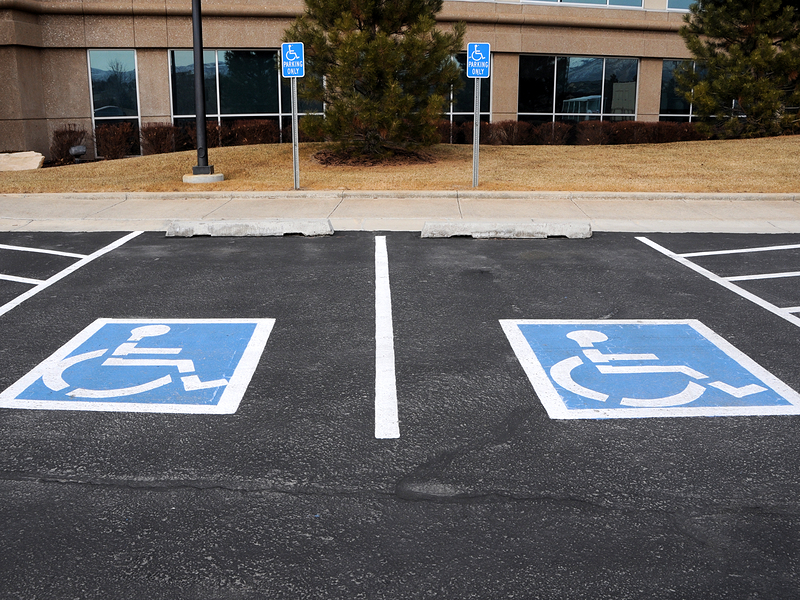I was amazed when I read a comment from one of my “MS Wire” readers recently about brain shrinkage. “I’ve had MS since 2011. I had no idea about brain shrinkage,” she wrote. But I guess I shouldn’t have been surprised.
A survey taken in 2018 by the Multiple Sclerosis Association of America reported that, of the 1,337 people affected by MS who responded, only 20% considered themselves to be moderately or very satisfied with the information they received from healthcare providers about brain shrinkage. And 62.7% reported never discussing it with a member of their MS care team. On the other hand, about 78% of respondents said they were either very or extremely concerned about MS-related cognitive decline, and 29% said that cognitive impairment was significantly affecting their life quality.
So, it seems a good idea to provide a little primer about our brains and MS.
Brain shrinkage is silent
The medical term for brain shrinkage is brain atrophy. But shrinkage is a good way to describe what happens. The brain’s volume is reduced. This happens to everyone, to some extent, as we grow older. But the term brain atrophy is used when more shrinkage occurs than would be expected for a person’s age.
Research indicates that in people with MS, the rate of brain atrophy is faster than in healthy people and is associated with disability progression in the absence of relapses. This is sometimes called silent MS, and it’s something we should all be aware of.
“While the insidious accumulation of disability is characteristic of the progressive MS disease courses, PIRA [progression independent of relapse activity] has recently emerged as a crucial clinical feature also in relapsing MS,” researchers wrote in JAMA Neurology.
What can be done about it?
Clinical trials report several MS disease-modifying therapies (DMTs) can slow brain atrophy, among them Aubagio (teriflunomide), Mavenclad (cladribine), Lemtrada (alemtuzumab), Gilenya (fingolimod), and the experimental therapy ibudilast.
Another strategy to fight brain atrophy is to increase “brain reserve,” the ability of the brain to adapt after damage. Some research indicates this can be accomplished by living a brain healthy lifestyle. This involves things such as participating in physical and mental activity, keeping weight under control, limiting alcohol intake, and quitting smoking.
Hit it hard, hit it fast
Whether it’s done with medication or lifestyle modifications, a key to reducing brain atrophy seems to be starting treatment early with the most effective medication possible. As my neurologist likes to say, “Time is brain.” The phrase was coined a quarter century ago by neurologist Camilo Gomez in relation to the treatment of stroke patients, but it seems equally applicable to people with MS.
“Early intervention is vital” with a treatment that can reduce disease activity, as the 2015 report “Brain health: Time matters in multiple sclerosis” notes. I think that’s as true today as it was seven years ago. Maybe, with the highly effective DMTs available today, even more so.
Remember, time is brain.
[You can find a lot of things about MS you might never have been told in my book “The Multiple Sclerosis Toolbox.” It’s available on Amazon as a paperback or ebook.]
(A version of this post first appeared as my column on the MS News Today website.)



